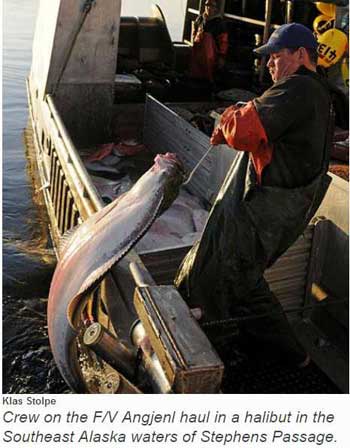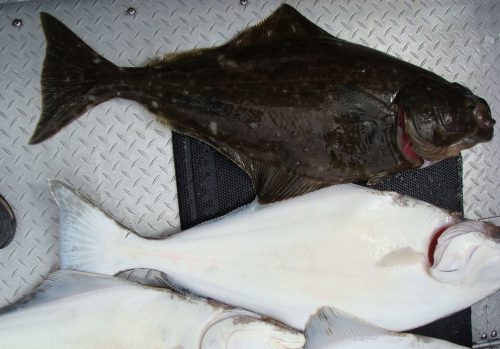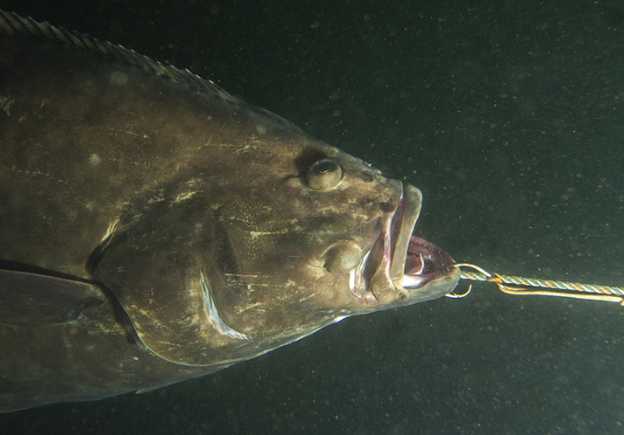NOAA announces 2019 charter and commercial halibut management measures
Pacific halibut season opens Friday, March 15 statewide in Alaska, according to a final rule just posted in the Federal Register by NOAA Fisheries. The regulations, adopted at the annual meeting of the International Pacific Halibut Commission February 1, go into effect immediately.
The United States and Canada reached a new agreement on coast-wide Pacific halibut catch limits at the IPHC meeting, with the U.S receiving a 82.3% share of the 2019 total catch of 29.4 million pounds—or 23.5 million pounds for U.S. fishermen, an 8.2 percent increase from last year.
“While the overall quota for 2019 is a slight increase over 2018, the catch limits agreed to at the meeting reflect a sensible, conservative approach that will secure the future of this iconic and economically important species,” according to a statement issued following the IPHC meeting by Chris Oliver, Administrator for NOAA Fisheries and U.S. Commissioner to the IPHC.
[content id=”79272″]
Alaska’s total halibut catch was set at 22.0 million pounds, up nearly 1.5 million pounds from 2018. There was an increase in allocations in all areas except 3B (western Gulf of Alaska).
For charter halibut operators in Alaska, the following regulations are in effect:
In Area 2C (Southeast Alaska):
- One-fish daily bag limit per angler
- Reverse slot limit that prohibits retention of any halibut that is greater than 38 inches and less than 80 inches
In Area 3A (Southcentral Alaska):
- Two fish bag limit per angler, with a maximum size of 28 inches for one of the halibut
- One trip per day limit
- A day-of-week closure (all Wednesdays)
- An annual limit of four halibut
- Closure of an additional five days to charter fishing: July 16, July 23, July 30, August 6, and August 13
Unguided halibut sport fishers in Alaska will continue to observe a daily bag limit of 2 fish of any size per person per day.
Alaska commercial IFQ halibut season dates are March 15 through November 14, 2019 for all IPHC management areas in Alaska.
Source: NOAA






